Home>Furniture & Design>Bathroom Accessories>How Often Do You Change Sonicare Toothbrush Heads
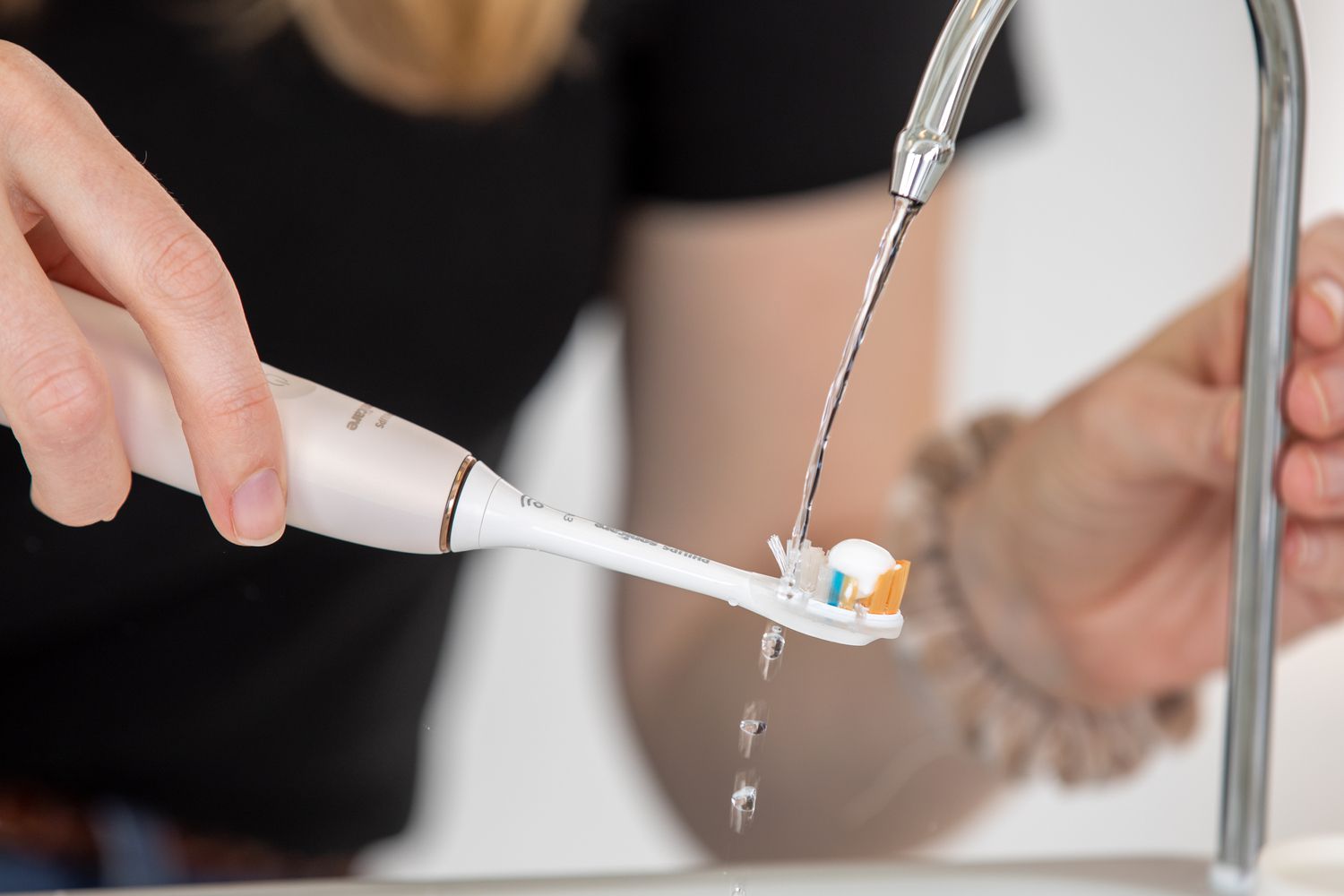

Bathroom Accessories
How Often Do You Change Sonicare Toothbrush Heads
Modified: February 18, 2024
Discover the ideal frequency for changing Sonicare toothbrush heads and ensure optimal oral hygiene. Explore our range of bathroom accessories for a healthier smile.
(Many of the links in this article redirect to a specific reviewed product. Your purchase of these products through affiliate links helps to generate commission for Storables.com, at no extra cost. Learn more)
Introduction
Maintaining good oral hygiene is essential for overall health, and a crucial aspect of this is using an effective toothbrush. The Sonicare toothbrush, known for its advanced technology and superior cleaning capabilities, has gained widespread popularity among individuals seeking optimal dental care. However, to ensure that the Sonicare toothbrush continues to deliver exceptional results, it is vital to pay attention to the condition of its brush heads and replace them at the appropriate intervals.
In this comprehensive guide, we will delve into the significance of changing Sonicare toothbrush heads, the recommended frequency for doing so, signs that indicate the need for a replacement, and valuable tips for maintaining these essential components. By understanding the importance of regular brush head replacement and implementing proper care practices, you can maximize the effectiveness of your Sonicare toothbrush and safeguard your oral health.
Let's embark on this enlightening journey to uncover the key aspects of maintaining your Sonicare toothbrush for a healthier and brighter smile.
Key Takeaways:
- Regularly change Sonicare toothbrush heads every 3 months to maintain optimal cleaning performance and oral hygiene. Fresh brush heads ensure effective plaque removal and a refreshing brushing experience.
- Look out for signs like frayed bristles, reduced cleaning effectiveness, and discoloration to know when to replace your Sonicare toothbrush head. Proper maintenance and timely replacement contribute to a healthier smile.
Read more: How To Change Sonicare Toothbrush Head
Importance of Changing Toothbrush Heads
Regularly changing your Sonicare toothbrush heads is a fundamental aspect of maintaining optimal oral hygiene. Over time, the bristles of the toothbrush head undergo wear and tear, diminishing their effectiveness in removing plaque and bacteria from the teeth and gums. As a result, failing to replace the brush heads at the recommended intervals can compromise the overall cleaning performance of the toothbrush.
The accumulation of bacteria and food particles on the bristles of an old toothbrush head can lead to potential oral health issues, including plaque buildup, gingivitis, and bad breath. Moreover, worn-out bristles are less efficient in reaching and cleaning hard-to-reach areas, which are prone to bacterial growth and plaque formation. By replacing the toothbrush heads regularly, you can ensure that the bristles maintain their optimal shape and stiffness, enabling them to effectively remove plaque and debris from all surfaces of the teeth.
Furthermore, using worn-out toothbrush heads may result in inadequate cleaning, leading to the retention of food particles and bacteria in the oral cavity. This can increase the risk of developing dental problems such as cavities and periodontal disease. By changing the toothbrush heads as recommended, you can uphold the high standard of oral care that the Sonicare toothbrush is designed to deliver.
In addition to the oral health benefits, replacing toothbrush heads at the appropriate intervals also contributes to a more pleasant brushing experience. Fresh brush heads with well-maintained bristles ensure a smooth and effective cleaning process, promoting a refreshing sensation and leaving your mouth feeling clean and revitalized after each use.
By recognizing the importance of changing Sonicare toothbrush heads and adhering to the recommended replacement schedule, you can optimize the performance of your toothbrush, safeguard your oral health, and elevate your overall brushing experience.
Recommended Frequency for Changing Sonicare Toothbrush Heads
The recommended frequency for changing Sonicare toothbrush heads is pivotal in ensuring the continued effectiveness of your oral care routine. Philips, the manufacturer of Sonicare toothbrushes, advises replacing the brush heads every three months. This timeframe aligns with the natural wear and tear that occurs as the bristles undergo regular use. Over the course of three months, the bristles gradually lose their original shape and stiffness, diminishing their ability to effectively remove plaque and maintain optimal oral hygiene.
Adhering to the three-month replacement interval is essential for several reasons. Firstly, it aligns with the standard lifespan of toothbrush bristles recommended by dental professionals. By replacing the brush heads every three months, you can ensure that the bristles remain in prime condition, capable of thoroughly cleaning the teeth and gums. This proactive approach to maintenance helps to uphold the high cleaning standards that the Sonicare toothbrush is renowned for.
Moreover, the three-month replacement frequency corresponds to the typical duration within which bacteria and microorganisms can accumulate on the bristles. Studies have shown that after three months of use, toothbrush bristles can harbor a significant amount of bacteria, including potentially harmful pathogens. By replacing the brush heads at this interval, you can minimize the risk of reintroducing these microorganisms into your mouth during brushing, thereby promoting better oral health.
It's important to note that individual brushing habits and the condition of the brush heads may warrant more frequent replacements. For instance, individuals who brush their teeth with excessive force may experience accelerated bristle wear, necessitating more frequent changes. Similarly, if the bristles appear frayed or worn before the three-month mark, it is advisable to replace the brush head promptly to maintain optimal cleaning performance.
By adhering to the recommended three-month interval for changing Sonicare toothbrush heads, you can ensure that your oral care routine remains effective, hygienic, and conducive to maintaining a healthy smile. This proactive approach to brush head maintenance aligns with best practices in oral hygiene and contributes to the overall longevity and performance of your Sonicare toothbrush.
Signs that Indicate It's Time to Change Your Sonicare Toothbrush Head
Recognizing the signs that indicate the need to change your Sonicare toothbrush head is crucial for maintaining optimal oral hygiene. By staying attuned to these indicators, you can ensure that your toothbrush continues to deliver effective cleaning performance, safeguarding your dental health. Here are the key signs to watch for:
1. Frayed or Bent Bristles
Inspect the bristles of your Sonicare toothbrush head regularly. If you notice that the bristles appear frayed, splayed, or bent out of shape, it's a clear indication that the brush head has reached the end of its effective lifespan. Worn-out bristles are less efficient in removing plaque and debris from the teeth and gums, compromising the overall cleaning performance of the toothbrush.
Read more: How Often To Change Toothbrush Head
2. Discoloration or Fading of Bristles
Over time, the bristles of a toothbrush head may undergo discoloration or fading, signaling the gradual wear and tear that occurs with regular use. If you observe a noticeable change in the color or vibrancy of the bristles, it's a strong indication that the brush head requires replacement. Fresh, vibrant bristles are essential for maintaining optimal cleaning efficacy.
3. Reduced Cleaning Effectiveness
If you find that your Sonicare toothbrush is no longer providing the same level of cleaning effectiveness as when it was new, it may be time to change the brush head. Diminished cleaning performance, such as inadequate plaque removal or a less thorough cleaning sensation, can signify that the bristles have worn out and are no longer capable of delivering the desired cleaning results.
4. Lingering Odor or Unpleasant Taste
An unpleasant odor or taste emanating from the toothbrush bristles can indicate the presence of bacteria and microorganisms that have accumulated over time. Even with regular cleaning, toothbrush heads can harbor bacteria, leading to an undesirable odor or taste during brushing. If you notice persistent unpleasant odors or tastes, it's a clear indication that the brush head requires replacement to maintain optimal oral hygiene.
5. Extended Usage Beyond Three Months
Adhering to the recommended three-month replacement interval is essential for ensuring the continued effectiveness of your Sonicare toothbrush. If you have been using the same brush head for longer than three months, it's advisable to replace it promptly, even if the bristles do not exhibit visible signs of wear. This proactive approach helps to uphold the high cleaning standards and hygiene associated with the Sonicare toothbrush.
By remaining vigilant for these signs and promptly replacing your Sonicare toothbrush head when necessary, you can uphold the superior cleaning standards and contribute to the overall health of your teeth and gums. Recognizing these indicators empowers you to maintain a proactive approach to oral care, ensuring that your Sonicare toothbrush continues to deliver exceptional cleaning performance.
Tips for Maintaining Sonicare Toothbrush Heads
Proper maintenance of your Sonicare toothbrush heads is essential for ensuring optimal cleaning performance and prolonging the lifespan of these crucial components. By implementing the following tips, you can uphold the hygiene and effectiveness of your toothbrush heads, contributing to a healthier oral care routine.
-
Rinse After Each Use: After brushing your teeth, thoroughly rinse the toothbrush head under running water to remove any residual toothpaste, saliva, and debris. This simple practice helps to prevent the accumulation of substances that can harbor bacteria and compromise the cleanliness of the brush head.
-
Allow for Air Drying: After rinsing, allow the toothbrush head to air dry in an upright position. Placing the toothbrush in an open environment allows for proper ventilation, aiding in the evaporation of moisture and inhibiting the growth of bacteria. Avoid covering the toothbrush head immediately after use, as this can create a damp environment conducive to bacterial proliferation.
-
Avoid Sharing Brush Heads: To maintain optimal hygiene, refrain from sharing toothbrush heads with others, even within the same household. Each individual should have their own designated brush head to minimize the risk of cross-contamination and the spread of bacteria.
-
Regular Cleaning of Handle: Periodically clean the handle of the Sonicare toothbrush according to the manufacturer's guidelines. This helps to prevent the accumulation of dirt, toothpaste residue, and bacteria, ensuring that the entire toothbrush remains hygienic and conducive to effective oral care.
-
Replace Protective Cap When Traveling: If you use a protective cap for your Sonicare toothbrush during travel, ensure that it is clean and dry before placing it over the brush head. Using a clean cap helps to shield the bristles from external contaminants and maintains the overall cleanliness of the toothbrush head during transit.
-
Store in Upright Position: When not in use, store the Sonicare toothbrush in an upright position to facilitate proper air circulation around the brush head. This practice aids in the thorough drying of the bristles and minimizes the risk of bacterial growth in damp environments.
-
Monitor Bristle Condition: Regularly inspect the condition of the bristles on your Sonicare toothbrush head. If you notice any signs of wear, fraying, or deformation, promptly replace the brush head to maintain optimal cleaning efficacy and oral hygiene.
By incorporating these maintenance tips into your oral care routine, you can ensure that your Sonicare toothbrush heads remain in prime condition, delivering effective cleaning performance and contributing to the overall health and cleanliness of your teeth and gums.
Conclusion
In conclusion, maintaining the optimal performance of your Sonicare toothbrush hinges on the regular replacement and proper maintenance of its brush heads. By recognizing the significance of changing toothbrush heads every three months and staying attuned to the signs that indicate the need for replacement, you can uphold the superior cleaning standards and hygiene associated with the Sonicare toothbrush. Adhering to the recommended replacement frequency ensures that the bristles remain in prime condition, capable of effectively removing plaque and debris from the teeth and gums, thereby contributing to a healthier smile and overall oral well-being.
Furthermore, the proactive maintenance of Sonicare toothbrush heads through rinsing, air drying, and regular inspection helps to preserve their cleanliness and effectiveness. By implementing these simple yet crucial practices, you can prolong the lifespan of the brush heads and maintain a hygienic oral care routine. Additionally, refraining from sharing brush heads, cleaning the handle of the toothbrush, and storing it in an upright position further contribute to the overall maintenance and effectiveness of the Sonicare toothbrush.
By integrating these insights into your oral care regimen, you can optimize the performance of your Sonicare toothbrush, safeguard your oral health, and elevate your brushing experience. The combination of regular brush head replacement, diligent maintenance, and adherence to best practices in oral hygiene empowers you to maintain a healthy and radiant smile.
In essence, the care and maintenance of your Sonicare toothbrush heads are integral to preserving the exceptional cleaning capabilities and promoting the longevity of this advanced oral care tool. By embracing a proactive approach to brush head replacement and maintenance, you can harness the full potential of your Sonicare toothbrush, ensuring that it continues to deliver superior cleaning performance and contribute to the overall health and vibrancy of your smile.
Frequently Asked Questions about How Often Do You Change Sonicare Toothbrush Heads
Was this page helpful?
At Storables.com, we guarantee accurate and reliable information. Our content, validated by Expert Board Contributors, is crafted following stringent Editorial Policies. We're committed to providing you with well-researched, expert-backed insights for all your informational needs.
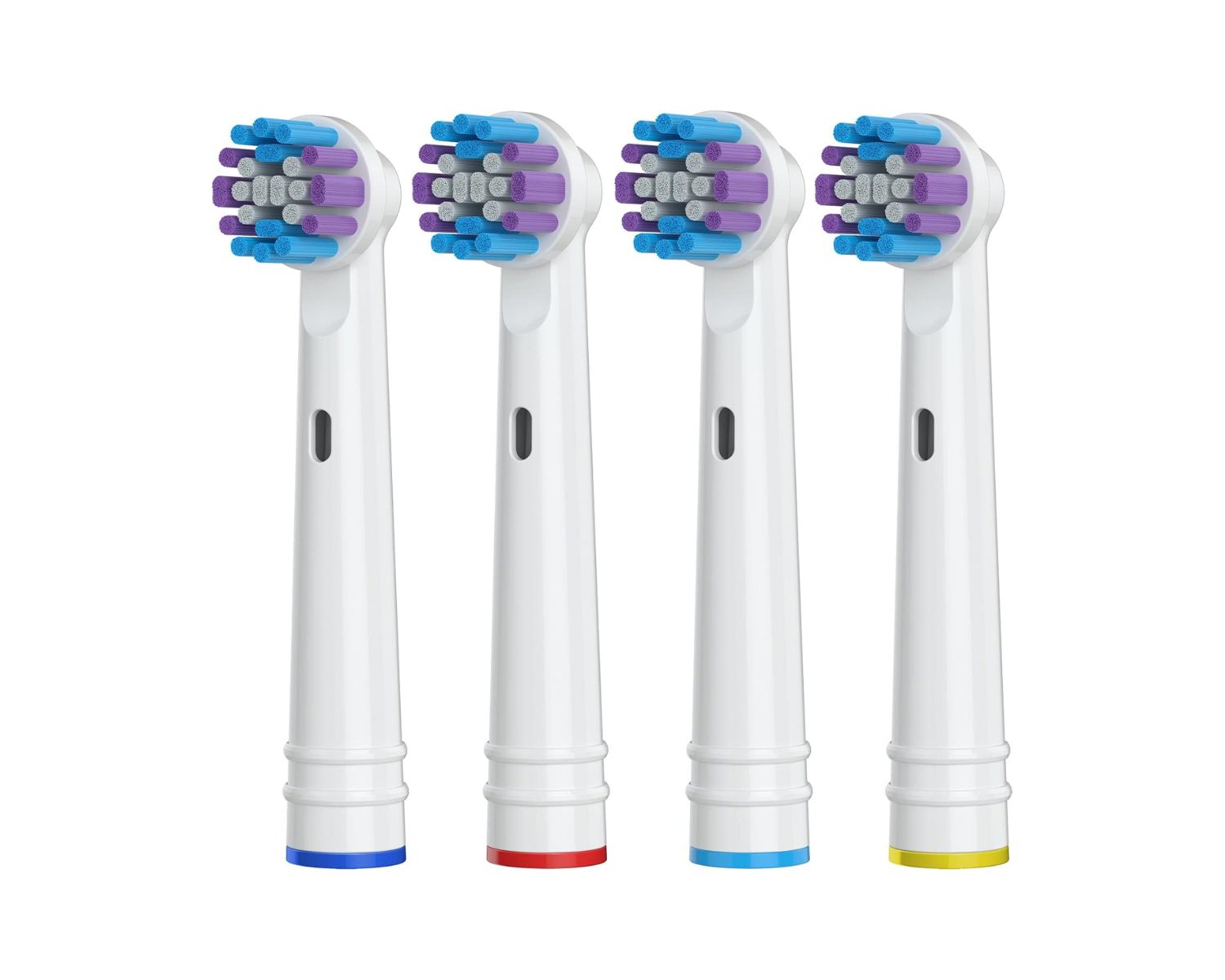
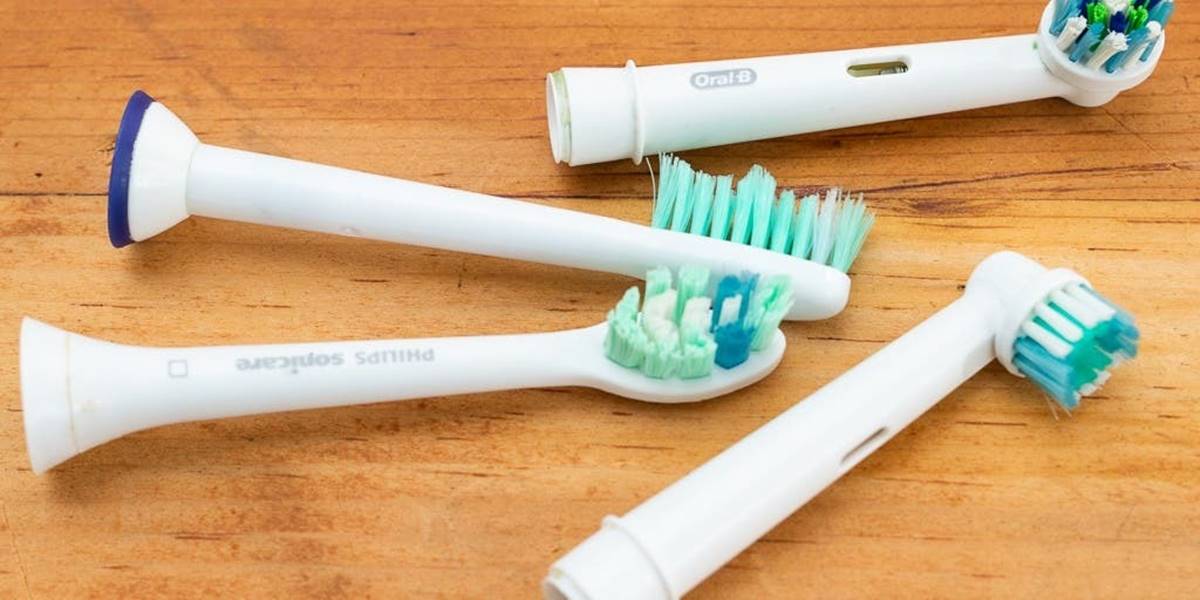
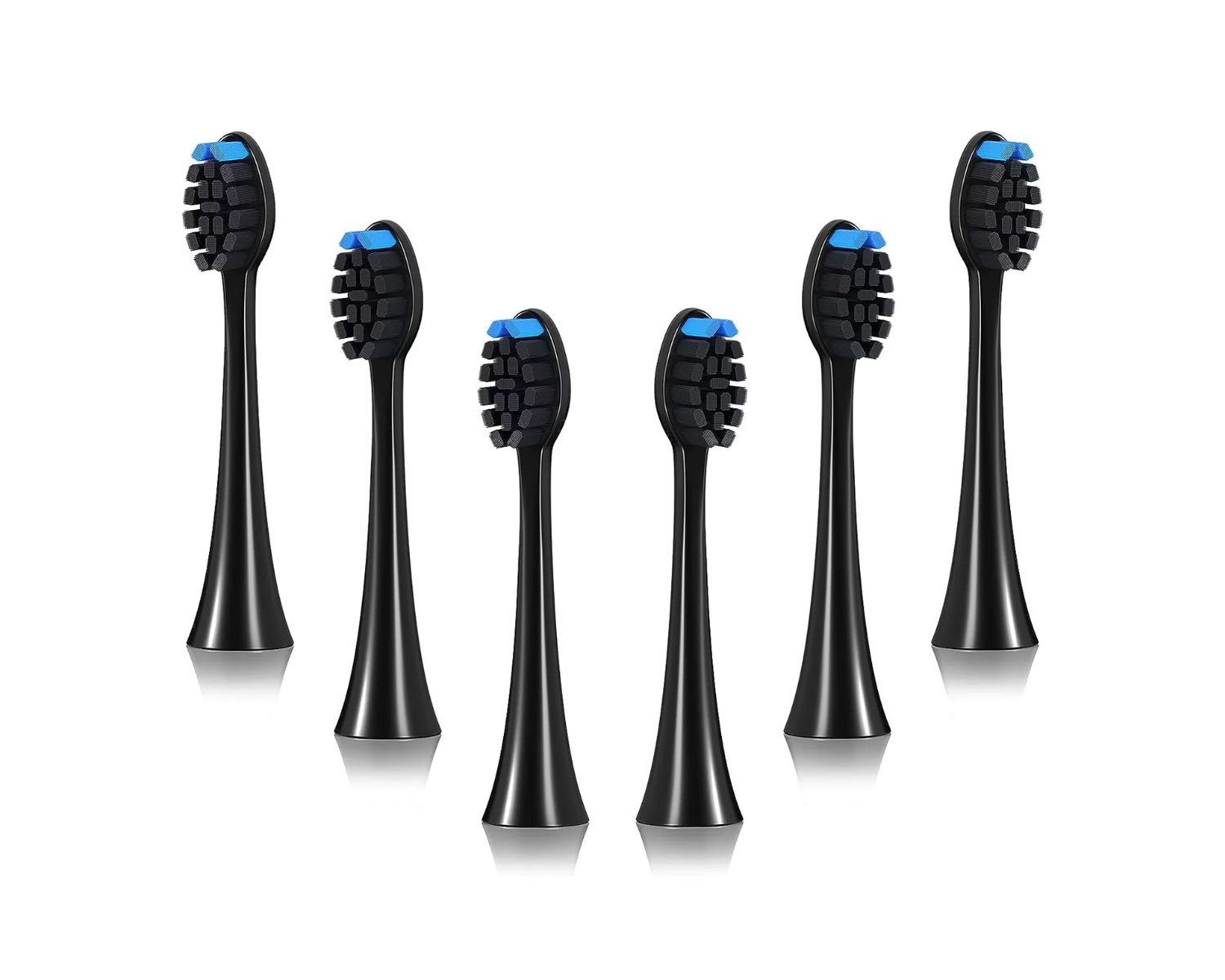

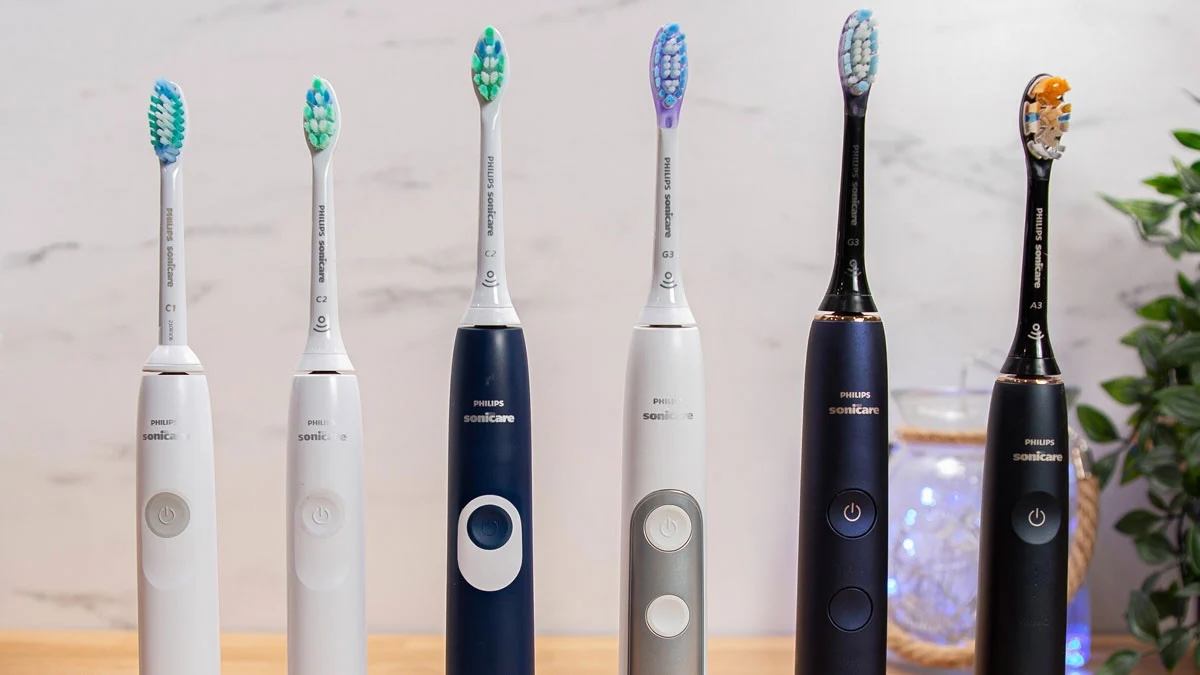
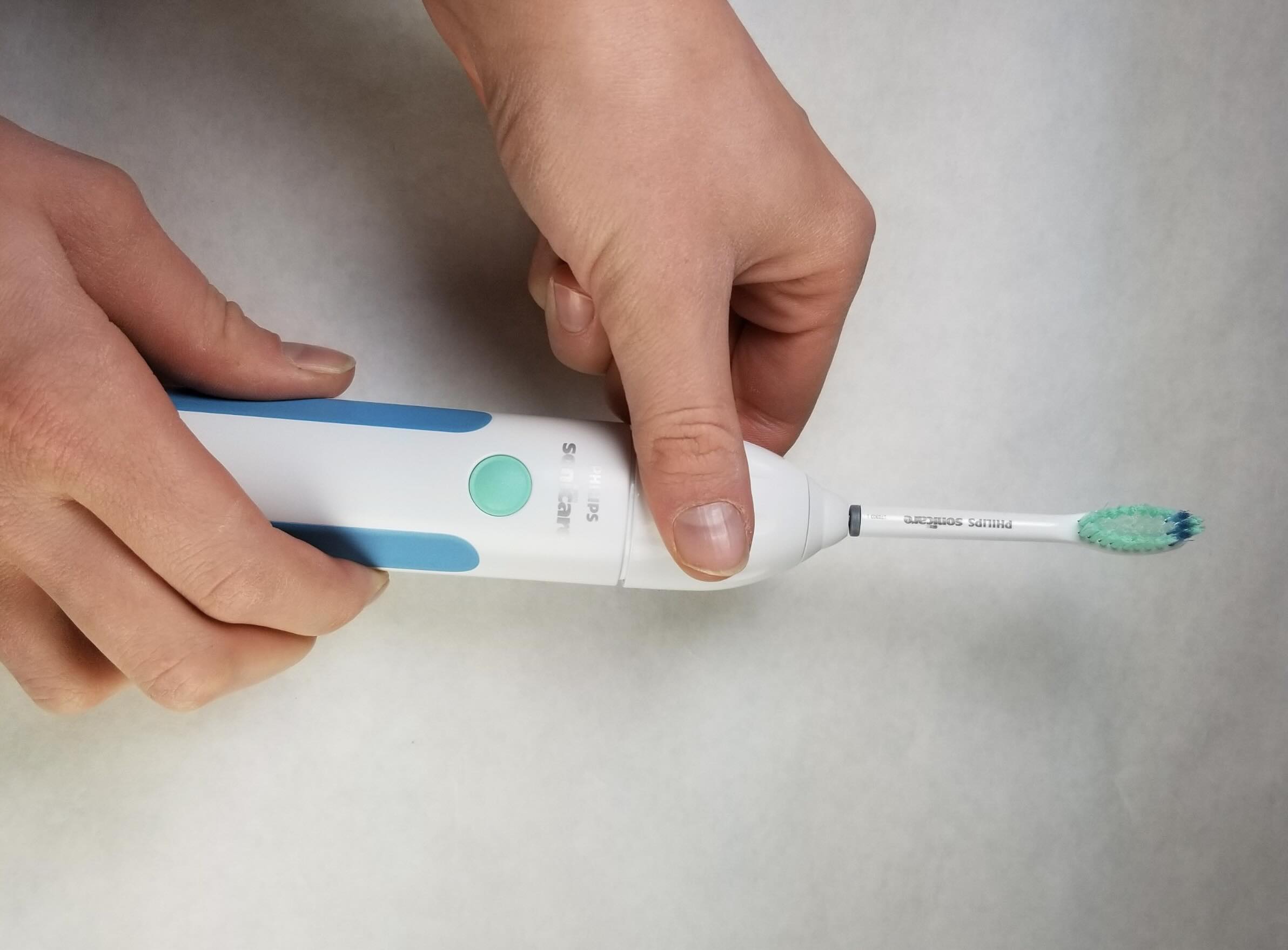
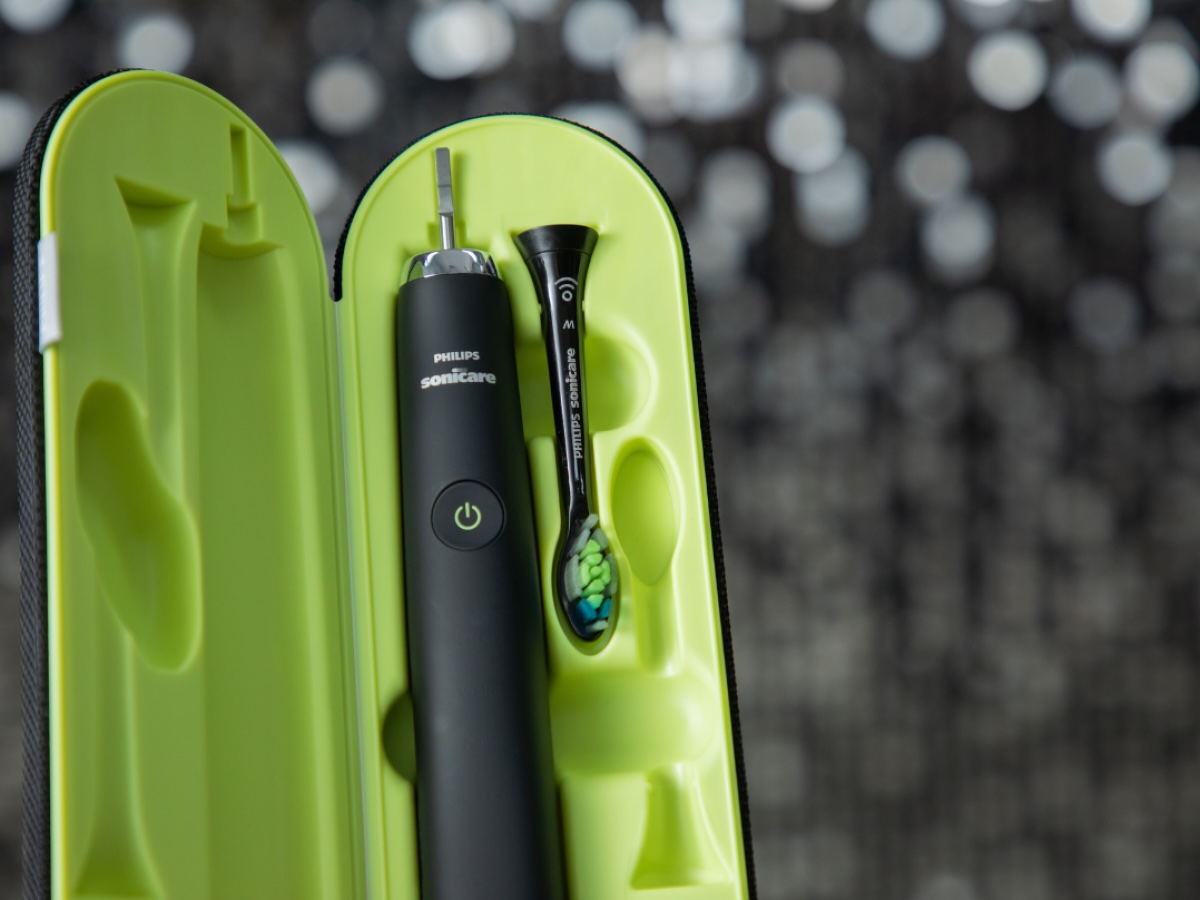
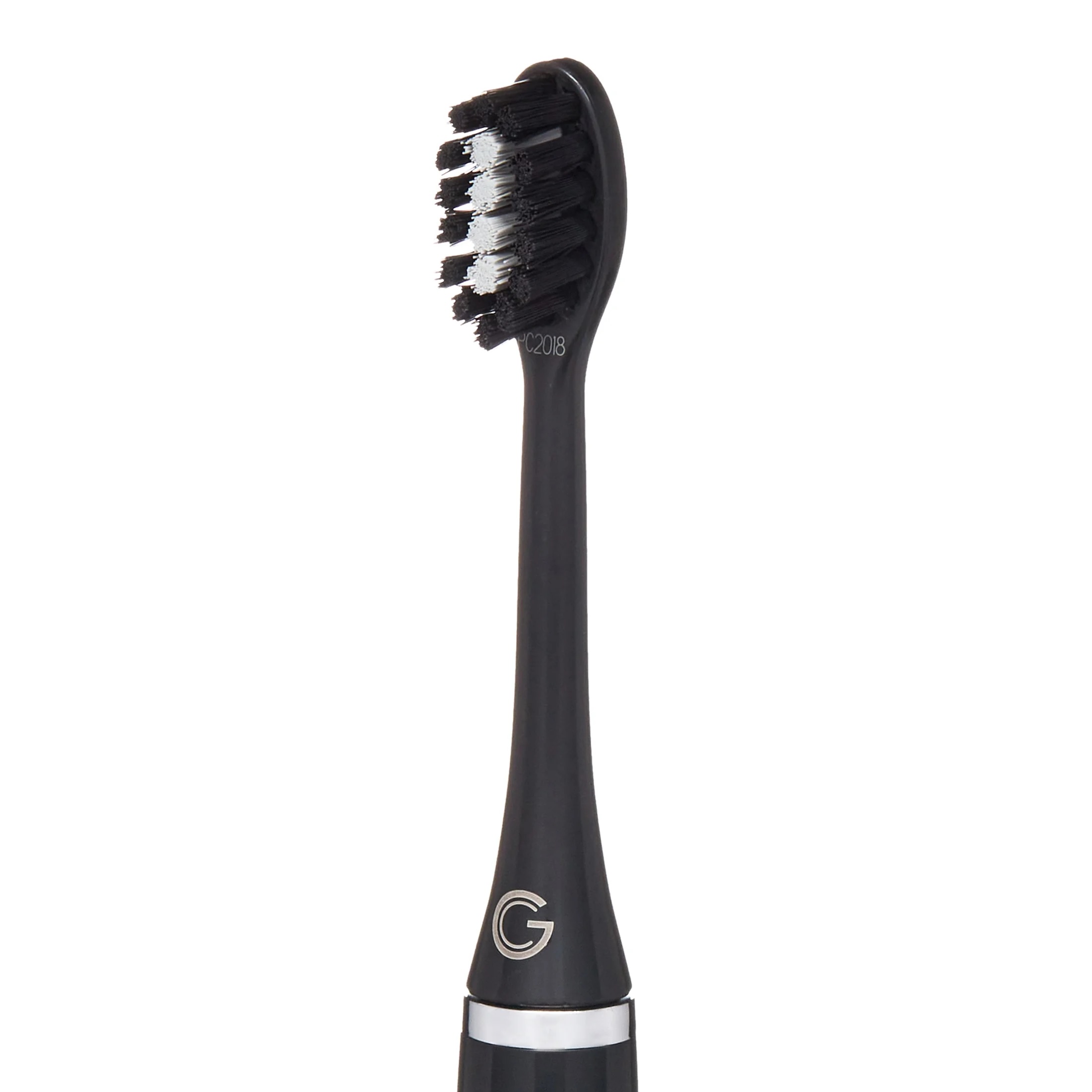
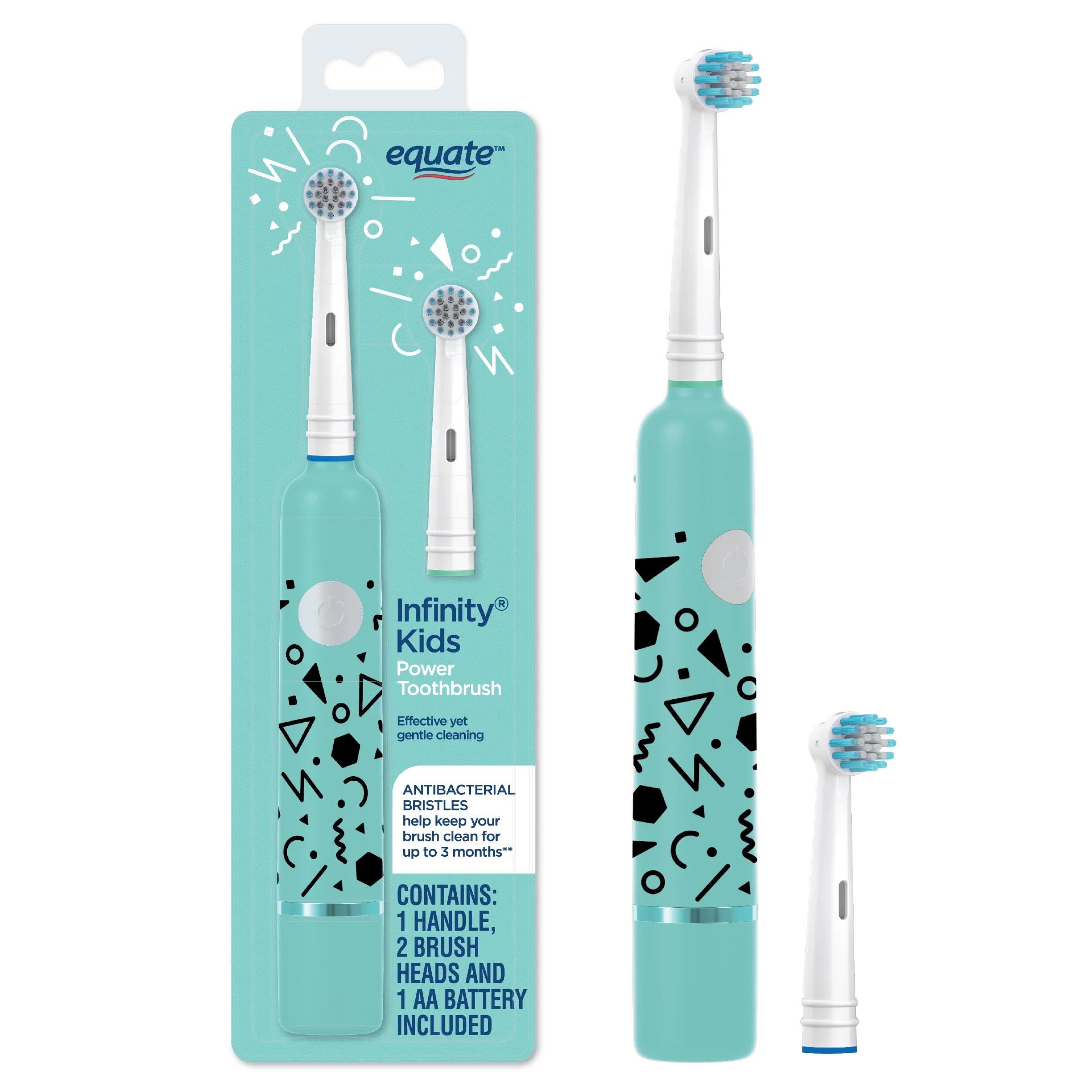


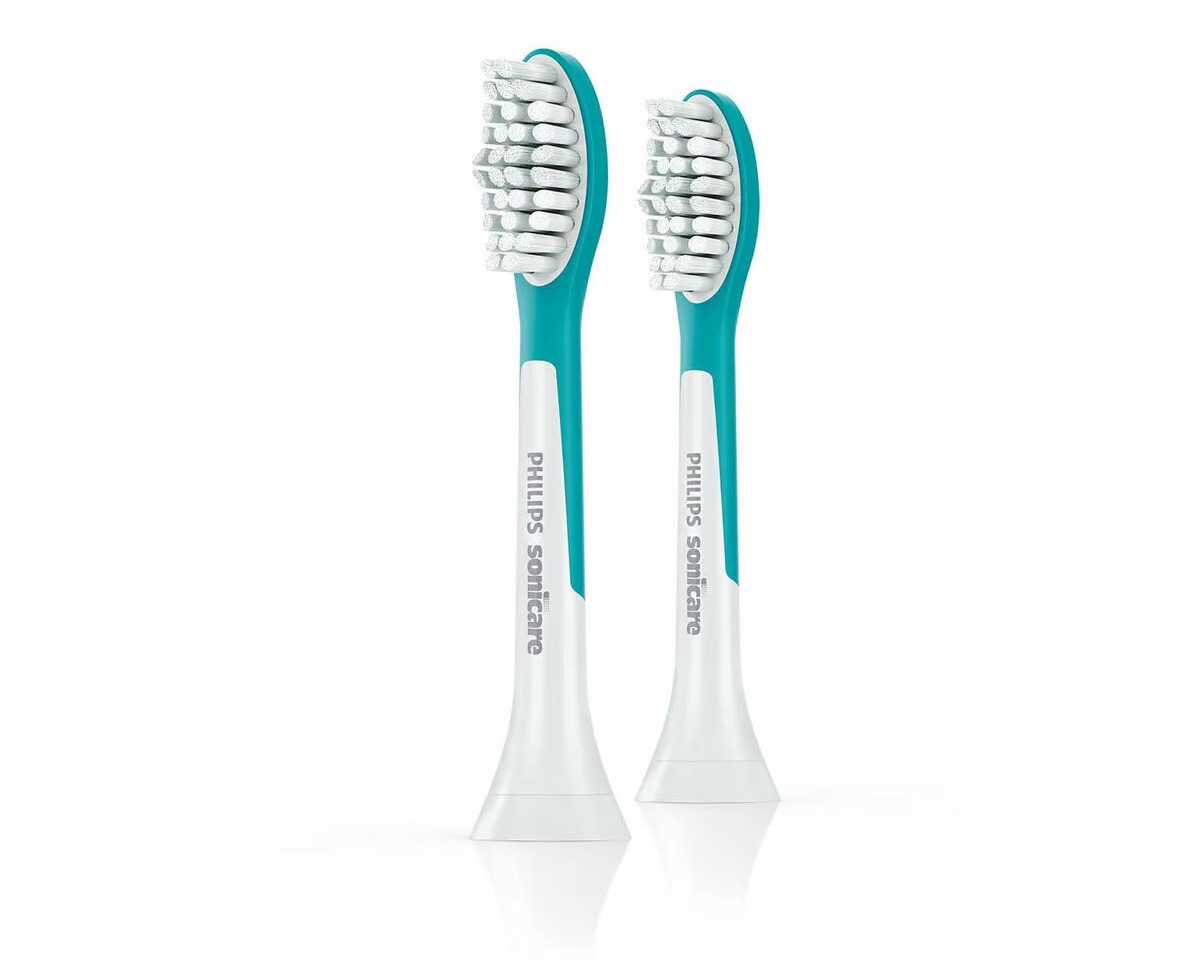
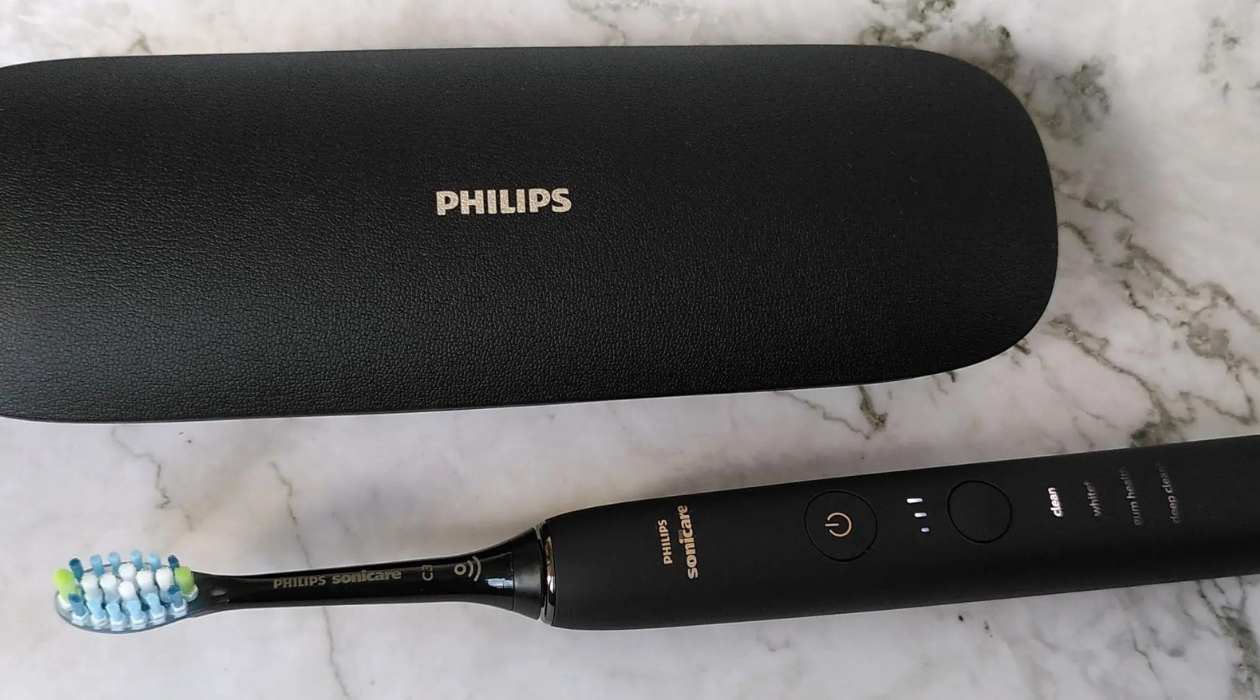

0 thoughts on “How Often Do You Change Sonicare Toothbrush Heads”